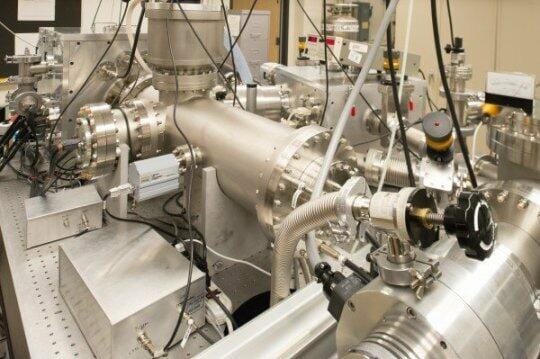New Imaging Tool Maps Cellular Anatomy in 3D

A new imaging device can map the interior of a cell in 3D at the nanoscale. The special mass spectrometer, developed by engineers at Colorado State University (CSU), will allow researchers to check the effects of new drugs in the cellular composition at the smallest level ever. The findings were published in Nature Communications and mentioned in a special Optics and Photonics News issue as the best optics breakthough over the last year.
Previous laser-based mass-spectral imaging devices could analyze the cell’s surface and the chemical composition, but can´t obtain 3D information of cellular anatomy at the nanoscale. For this reason, a group of CSU scientists decided to build a mass spectrometer that achieved those goals. Professor Carmen Menoni led the interdisciplinar research group that produced the molecular imaging device. Professor Dean Crick from CSU’s Mycobacteria Research Laboratories helped to refine the imaging system. He was interested in finding a more potent imaging tool for his studies in tuberculosis; the new mass spec allows to observe cells at a 100-fold smaller scale than before. Now researchers can observe how drugs are absorbed by the cell, and how the cell reacts and processes the drug.
Mass spectral imaging and an extreme ultraviolet laser
Roughly speaking, the device consists of a laser attached to a mass spectrometer. An very potent electrical current generates a hot and dense plasma stream that produces extreme ultraviolet laser pulses. The pulses are directed to the sample and drill a minuscule hole in the cell surface; ions evaporate from the cell and a are detected by mass spectrometry, which identifies them and determines the chemical composition. The anatomy of the cell can thus be reconstructed in 3D at a nanoscopic level.
Other uses for the imaging device are possible, like identifing sources of pathogens, overcoming antibiotic resistance and customizing treatments for particular cell types and conditions.
Source: CSU

